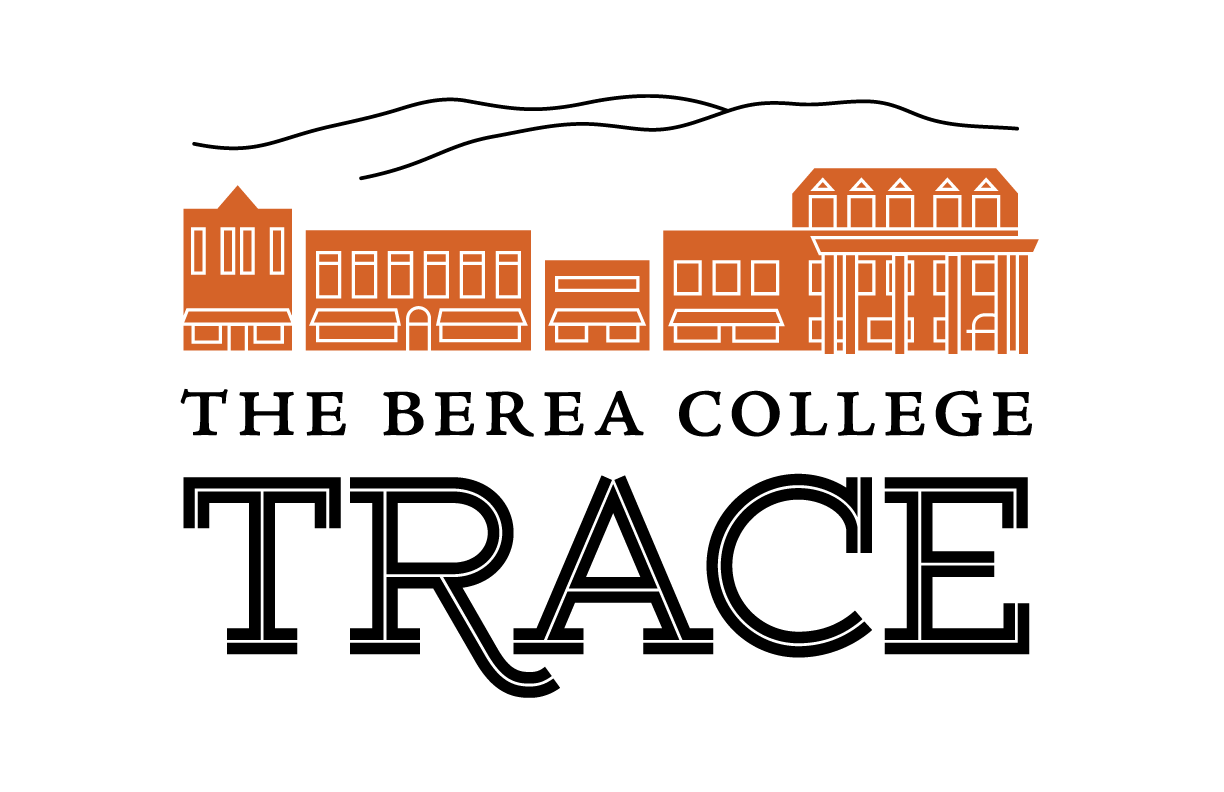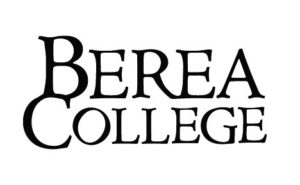Episode One: Birds of America at the Hutchins Library
14 years of field observations and drawings by John James Audubon resulted in the monumental work of art entitled The Birds of North America. The original set of prints is referred to as the Double Elephant Folio Edition. It is considered by many to be the archetype of wildlife illustration.
John James Audubon was an artist and a naturalist. When he was 35 years old, he declared his intent to paint every bird in North America. There are 435 life-sized prints, including six birds that are now extinct less than 200 years after Audubon painted them. This collection of paintings will serve as an ornithological history of North America, as more birds fall prey to extinction.
In 1971, the first ever completed facsimile was published with a limited run of only 250 full sets of books. These prints are known as the Amsterdam Edition of the Double Elephant folio. Berea College is home to set number 63, and we are honored to house this treasure at the Hutchins Library thanks to a generous gift from Ross W. Sloniker and the E.O. Mountain Fund. Only 48 sets are on public display in the United States.
The book collection is quite unique in that the books measure 2’ x 3’ and weigh nearly 60 pounds each. The book is as large as it is because Audubon wanted to paint the birds realistically in their natural habitat. Even at 2’ x 3’, not every bird fits completely on the page, but his immaculate attention to detail provides the viewer with a sense of the bird’s massive stature.
Berea College’s Hutchins Library is the perfect home for a set of the Audubon books. With Kentucky’s vast and various landscapes, from rolling hills to majestic mountains, the state is home to or a vacation spot for almost 400 different species of birds. Berea College’s 9000 acres of forestland are a birder’s paradise. Regardless of whether you are a weekend birder or a more serious bird watcher, we invite you to visit the Hutchins Library on the Berea College campus and enjoy the beautiful birds of the Audubon series of books. While you are here, we hope you’ll meander through our forests and see some of our amazing birds for yourself.Watch the Film
The Birds of Brushy Fork
Behind the scenes photos
Episode Two: St. John's Bible at Berea College Hutchins Library
In the early 1990s, at the approach of the new millennium, the community of Saint John’s Abbey and University in Collegeville, Minnesota asked renowned calligrapher and official scribe to Queen Elizabeth II, Donald Jackson, to assemble and lead a team of calligraphers and artists in creating a Bible. The Saint John’s Bible would be the first completely handwritten, fully illuminated Bible to be commissioned by a Benedictine Abbey since the invention of the printing press. Jackson had envisioned creating such a Bible at the age of 13, and spent his entire life preparing for such an undertaking. He assembled an international team of six calligraphers and 31 artists and coordinated their work through a University committee, made up of art historians, medievalists, artists, scholars and theologians.
The Saint John's Bible, using the New Revised Standard Version (NRSV) translation, was written onto calfskin vellum using swan, goose and duck quills. Ink for the black text came from sticks of compressed candle smoke, a traditional process. In contrast with these ancient tools, The SJB’s context is modern. Illustrations of the Earth from space are based on photographs from the Hubble Space Telescope. Women are prominent in many of the illustrations; Adam and Eve are depicted as East African. Many illustrations are illuminated – touched with gold foil to indicate the presence of God. The mission of The Saint John’s Bible is “to ignite the spiritual imagination of people around the world of all faith journeys.”
The Saint John’s Bible took eleven years to complete (2000-2011) and work proceeded, it became apparent that The SJB would need to have a presence far beyond Minnesota. As a result a full-scale art print “Heritage Edition” was created with a print run of only 299. The Heritage Editions are printed on 100% cotton paper produced in New Hampshire and include all of the text and illuminations. Many of the illustrations are hand-burnished by the Scriptorium’s studio manager ensuring that no two Heritage Editions are identical. The 1,165 pages are hand-stitched and bound in seven volumes each measuring 2 feet tall by 3 feet wide when open. - Berea College Hutchins LibraryWatch the Film
Episode Three: The Trees of Berea College Forest
Episode Four: The Carillion at Berea College
Berea College is home to a 56-bell carillon and one of only 166 carillons in the United States. Berea’s carillon bells range in size from the 2,750 lb. “bourdon,” or largest bell, with a diameter of 50″, to the smallest, which is 5 1/2″ in diameter and weighs 18 1/2 lbs. For a campus the size of ours, this amazing instrument is quite a gift. The bourdon was the first bell to be raised and installed in the tower with the others following in descending size order. The bells were cast and tuned in the Netherlands by Petit and Fritsen Bellfoundry, makers of bells since 1660, and are made of “bell bronze,” an alloy of 80% copper and 20% tin. With 56 bells, the carillon has a range of 4 1/2, making it possible to play virtually any piece of music in full melody and harmony.
Carillon bells are specially tuned at five different points inside the bell, which ensures that each bell is in tune not only within itself, but with all the others in the series. Once a well-tuned bell leaves the foundry, it never needs tuning again.Watch the Film




